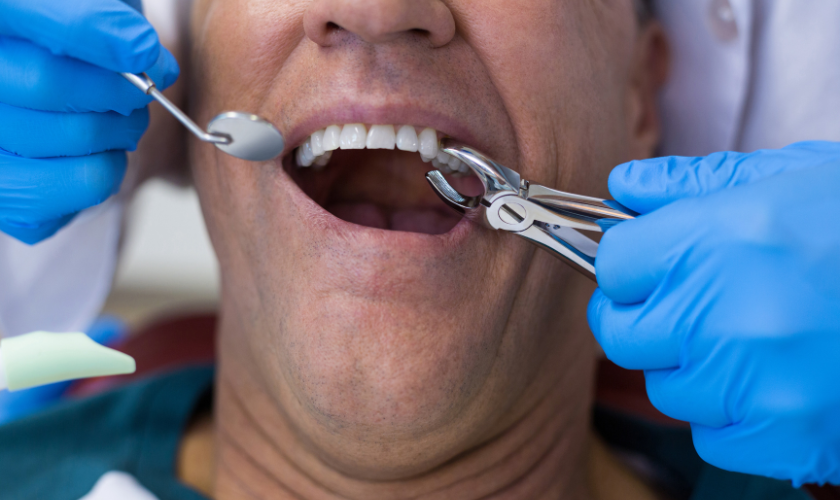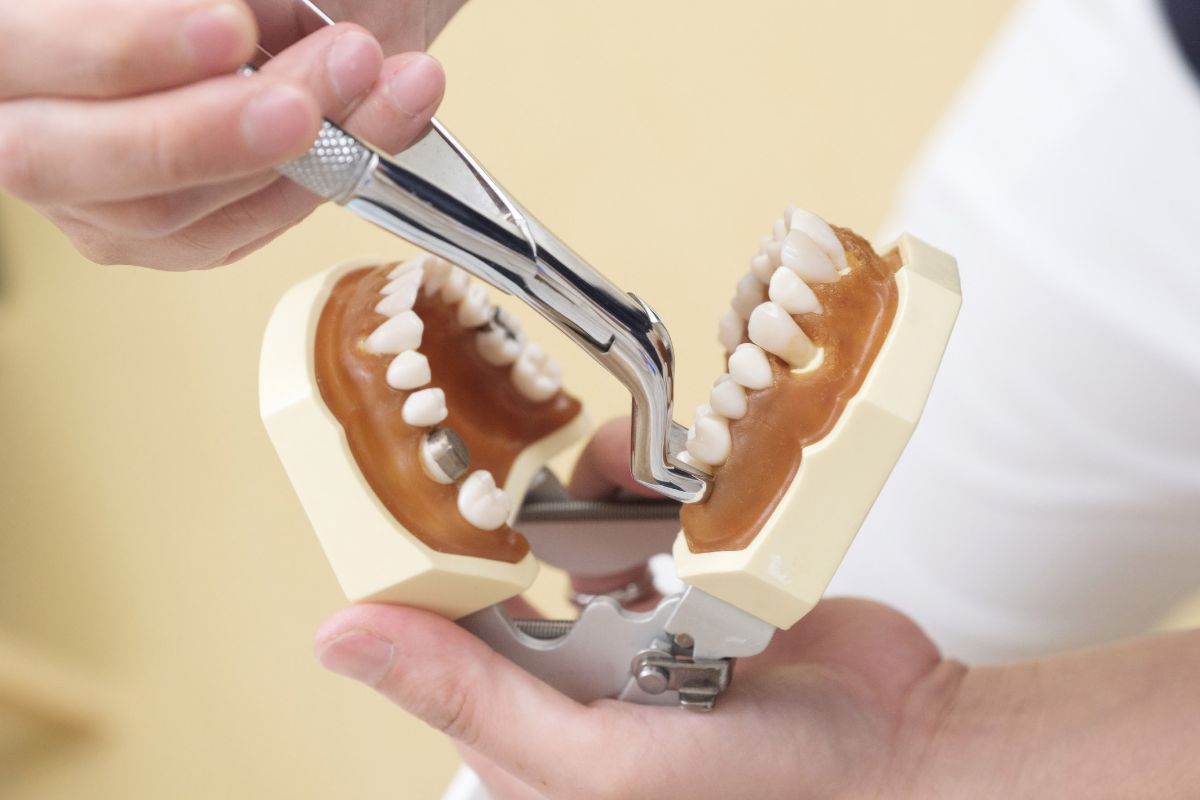After-Work Appointments For New Patients Now Available Until 8pm!

Oral decay is more than a minor annoyance; it is like a ticking time bomb. Think of that tiny cavity as a gateway to infection. If left untreated, it could lead to bone damage, systemic illness, and high costs of treatment. This blog will tell you what happens if a decayed tooth is not extracted on time.
What Goes On Inside a Tooth When Decay Is Not Treated?
Once a decayed tooth is left untreated, the damage progresses an additional step:
- Erosion of the Enamel: The acidic byproducts of bacterial metabolism create microscopic pores.
- Invasion of the Dentin: Bacteria multiply fast in the comparatively soft dentin after crossing the enamel barrier.
- Infection of the Pulp Chamber: Bacteria get into the nerve center, causing inflammation and severe pain.
- Abscess Formation: Formation of a pus-filled sac at the root apex, threatening the loss of surrounding bone.
How does One Rotten Tooth Affect Your Whole Body?
If you think oral infection will remain inside the mouth, you are highly mistaken.
- Bacteremia: Inflamed gum tissue allows bacteria to enter the bloodstream, thereby raising the risk of heart disease for a patient.
- Chronic Inflammation: Persistent oral infection could impair insulin resistance, complicating diabetes management.
- Respiratory Problems: Inhaled oral bacteria can contribute to pneumonia, especially among vulnerable adults.
Warning Signs You Should Not Ignore
Prompt attention can avert the worst risks of delayed tooth extraction. Watch for:
- Intense, persistent, throbbing toothache.
- Swelling, redness, or pus formation around the tooth.
- Unpleasant taste or smell in the mouth.
- Fever, headache, or swelling of lymph nodes in the neck.
Why Extraction Sometimes Becomes the Safest Option?
When the tooth is damaged beyond repair or the infection has spread extensively, dentists suggest tooth extraction Camarillo.
- Limitations of Other Dental Restorations: Fillings and crowns may temporarily seal deep cavities, but they can crack or leak.
- Root Canal Considerations: Although this will preserve the tooth, there is a slight chance of secondary infection, and it requires multiple appointments.
- The Benefits of Tooth Extraction: Eliminating the infection’s source and preventing further bone erosion.
A typical tooth extraction involves local anesthesia, gentle tooth removal, and relatively uncomplicated aftercare. The post-extraction guide includes pain management, saltwater rinsing, and a soft-food diet.
Can You Avoid Tooth Extraction? Tips to Prevent Decay
If you do not want to extract your tooth, try these prevention tips.
- Maintaining hygiene will always be the fundamental tip. Brush two times per day, with fluoride toothpaste on all tooth surfaces.
- Remember to floss once daily, and rinse your mouth with an antimicrobial mouthwash.
- Visit your dentist every six months for early decay detection.
Not extracting a decayed tooth is never a good step for a healthy mouth. You will not even understand when the infection has spread from your mouth to your whole body. It will result in more complications in the future. Hence, if you notice any sign of decay, pain or abnormalities, do not delay. Schedule a dental appointment with us, and we will help you get back to a healthy mouth.




